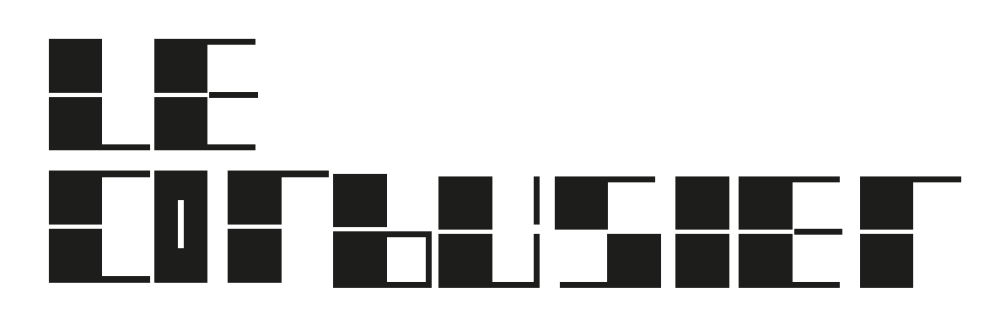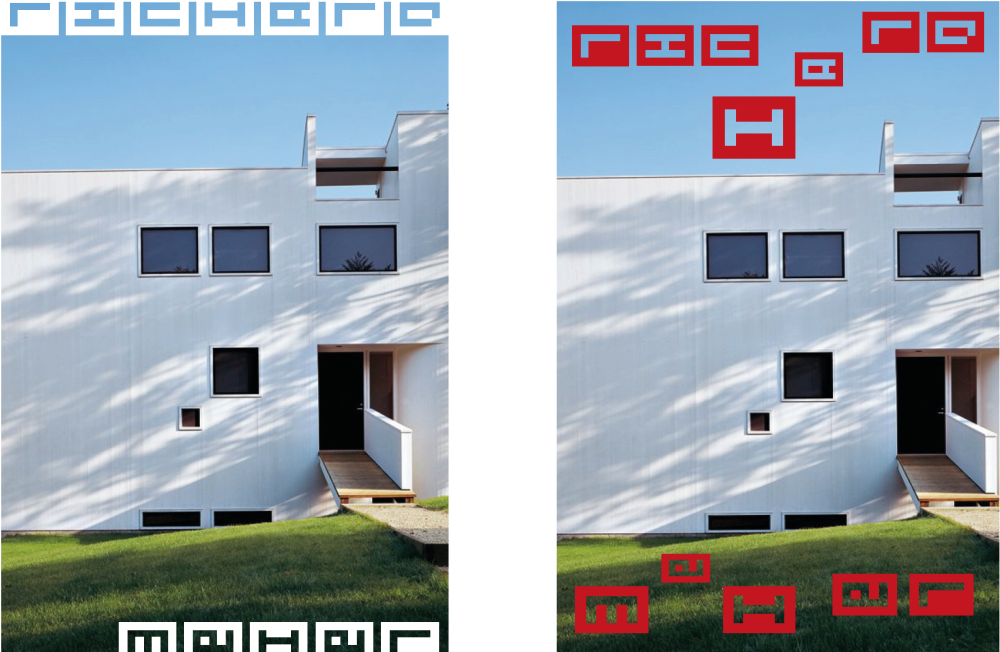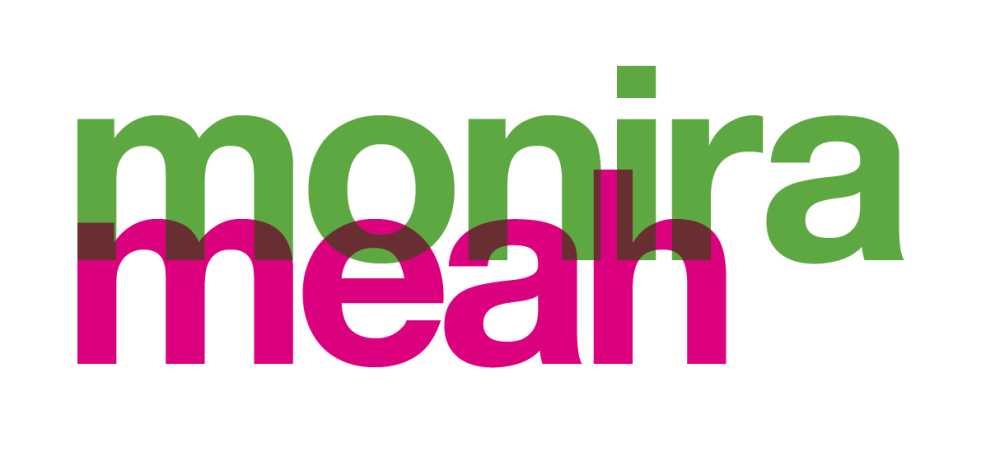
How you can use graphic design to direct and hold your audiences attention
With the ever-crowded marketplace, we need all need a way to grab our audiences attention – we'd say images are a great start. Research from Social Media Examiner states '32% of marketers say visual images are the most important form of content for their business'.
Investing in the visual skills of your workforce can only help – so this one's for you, whether you're a designer, visual creator or just interested in the discipline of visual communication. We consulted with expert tutor Ben Richards from Graphic Design: An Introduction on how best to build your knowledge, the things you should remember whilst on a course like ours and some visual inspiration from those who've learnt from the Ben himself.
Things to remember when it comes to Graphic Design?
In three words I’d say:
- Attention
- Comprehension
- Retention
But in more words, I’d always say remember to…
- make a connection with your audience
- direct and hold their attention
- promote understanding and memory
What are the benefits and opportunities having an understanding of the key components / introductory knowledge of graphic design?
Student work – Molly Marodeen & Monira Meah
Your students have produced some fantastic work within the course over the last few years. How do you engage and encourage them to create during just two days?
- I lay down some ground rules which are designed to curate the work, for example only a short list of typefaces are permissible in all the exercises
- I reassure students none of the work they produce will be finished – this helps free them from feeling judged
- I tell them that most of what they do will not be very good – so encourage them to produce more iterations without worrying too much
- We work on a sequence of six or seven short exercises that build in increasing complexity - I constantly relate the salient points in each previous exercise to the current one
- I ensure there’s enough freedom for the students to make their own work, but enough restrictions for them to focus on a specific task
The course is aimed at beginners, why do you think this is important?
Typically the students are on the course for one of three reasons. First, they could be dipping their toes in the water to see if they want to commit to a longer course. Second, they are already producing design work in their jobs but know that something is missing – and that’s judgement. Third, they are working in another design discipline but want to have some understanding of the principles involved in graphic design. This course offers a high-speed, low-pass over several aspects of graphic design without becoming too academic.





